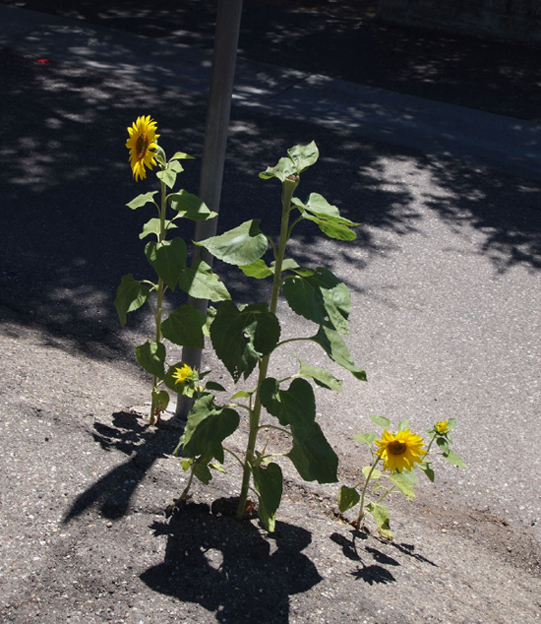Resilience
1973
Norman Garmezy (1918–2009)
The word resilience originated in engineering and materials science and referred to the ability of a material to return to its original shape or position after stress. Resilience, in its contemporary sense of the ability to successfully cope with difficulties, dates from the late 1960s.
In the 1960s, two apparently diverse streams in American life came together that led to a recognition of the importance of resilience. One stream was the new research that linked behavior and lifestyle factors to a variety of health outcomes, such as smoking and lung cancer. The other stream was the heightened awareness of social problems, especially racism, and their incredibly high cost in terms of public and personal health.
It was the work of Norman Garmezy in the late 1960s that brought these streams together. His study of children vulnerable to schizophrenia (for example, those who were poor or had a schizophrenic parent) revealed that many of these children never developed the disease. Garmezy was especially concerned about children who were otherwise disadvantaged in American society, such as African American children in large cities. He published his first studies of these children in 1973, and his work launched the contemporary examination of psychological resilience. At almost the same time, a new cohort of African American psychologists was writing about the strengths, including resilience, of black families and communities.
Since that time, research has uncovered many of the factors that characterize resilience. One researcher has called resilience “ordinary magic”—that is, the factors that lead to resilience are all facets of what human beings have evolved to do in order to adapt to a sometimes hostile and threatening environment. Good interpersonal skills, self-confidence, and positive caregiving are among these protective factors. More recently, cultural factors have also been shown to be important in the experience of resilience.
SEE ALSO Stress (1950), Black Psychology (1970), Biopsychosocial Model of Health (1977), Hardiness (1979)

Just as some plants and animals can thrive under difficult conditions, so can humans, as three generations of psychological research has now shown.